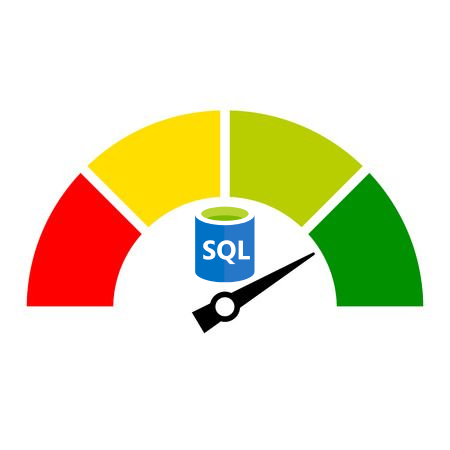7 Secret Tips to Improve Oracle Database Performance
Receiving a flurry of calls from users complaining that their online performance is running slow is undeniably the nightmare of every Oracle database admin.
If you wish to identify bottlenecks pertaining to Oracle performance problems and ensure that your infrastructure is equipped to handle increased loads, the best choice is performance tuning, particularly if the systems are being slow or unresponsive.
Here, we will explore some tricks and tactics to ensure the Oracle database performance. You will learn how to get the most of your Oracle database efforts and keep your environment fully operational.
You can even seek assistance from professional Oracle consulting services. They offer Oracle performance tuning that will help get the most out of Oracle databases and keep your environment fully operational.
How to Improve Oracle Database Performance?
While the detail of Oracle performance optimization can be complicated, here is a list of approaches that can improve Oracle services.
1. Understand the importance of baselines for Oracle performance tuning
This is one of the most powerful, practical tuning methods to maintain an established performance baseline that you can refer to when a performance problem occurs. Set performance targets and have a firm understanding of your system capabilities by quickly identifying peak usage periods. If you consistently measure existing performance, you can see how your database should be running. This will be helpful when turning around bottlenecks that may come.

2. Work towards tuning inefficient SQLs for better Oracle database performance problems
The fastest, most cost-effective, and the least risky way to resolve issues in an Oracle database is to tune the application SQL to use the proper query plan. Here are a few tips for effective Oracle development.
- Identify and target the SQL running from the problem only from the user’s perspective. For instance, if a user sends you a complaint along the lines of ”When I open my accounts payable inquiry form, it takes 35 seconds to open; this needs to be 2 seconds”, strive to define the problem.
- Trace and measure specific database sessions. Use standard tracing tools to identify the SQL, statistics, wait time cost, and the execution plan.
- Target tuning efforts to the specific statements that are consuming the most substantial response time for a particular function.

Correctly defining and measuring system performance problems before you attempt to address the issue is the best approach.
3. Improve storage performance
Have you exhausted all SQL tuning opportunities? There is still one option. Consider the storage platform on which the database runs. One of the most cost-effective ways to remove bottlenecks is to review storage options for your Oracle database server. For instance, if you go for flash storage technology, it can offer significantly higher bandwidth and reduced latency to IO-bound workloads.
The targeted provisioning of flash storage for an Oracle database can provide significant performance improvements without having to refresh your entire database infrastructure. Place specific database objects on flash storage that have the most performance benefit and leave the remainder of the database in conventional storage.
4. Provide a dedicated database infrastructure
There are many instances where regardless of the tuning efforts applied, reduced system performance results from other systems on a common infrastructure platform. One of the most effective and efficient ways to overcome this issue is to isolate the Oracle database on a dedicated infrastructure. This will ensure a more predictable performance for database workloads, simplified management, monitoring and security.
5. Utilize an automatic workload repository as an Oracle monitoring tool
An Automated Workload Repository (AWR) is one of the most useful Oracle database performance tuning features that collects, processes and maintains performance statistics. The AWR offers a routine glimpse into the health of your database. You can efficiently utilize the ADDM (Automatic Database Diagnostic Monitor) to provide actionable insights on the information collected by AWR. If you use both tools, you will enhance your performance tuning abilities and save money in the process.
6. Ensure an optimum level of CPU utilization
When Oracle’s automatic diagnostic features are not suitable for the problem at hand, there might be a need to undertake manual processes for performance tuning. Always ensure that all your CPU is being utilized when investigating any performance issues of this nature. Checking CPU utilization in the user space will verify if there are any non-database tasks consuming CPU on the systems, limiting the number of shared CPU resources.
7. Improve Oracle monitoring via SQL tuning
SQL is considered a messaging language because queries are issued and data is returned. However, there is the chance of client tools generating inefficient SQL statements and poorly written SQL. This can negatively impact Oracle database performance.
These techniques help in monitoring your Oracle database and improve its performance.


